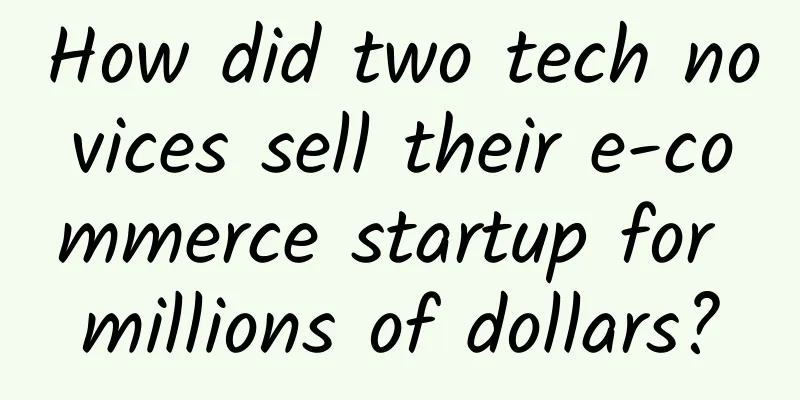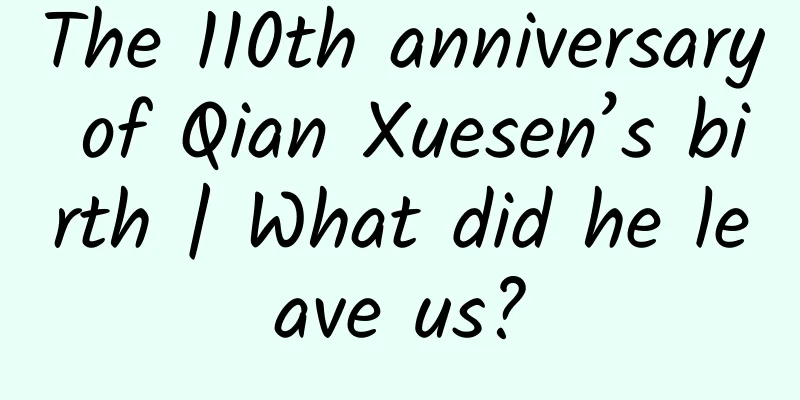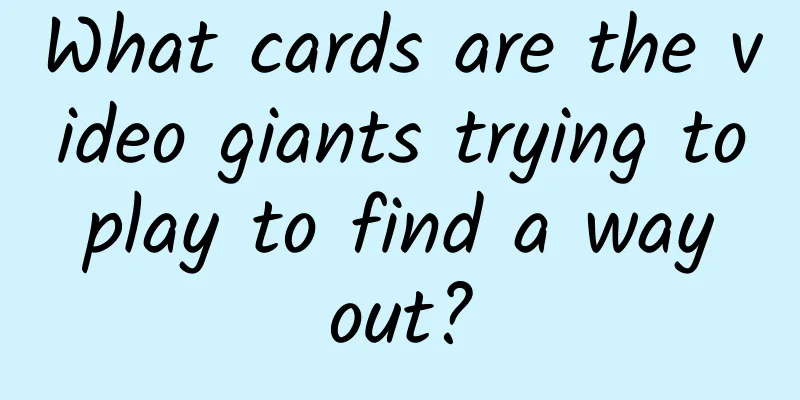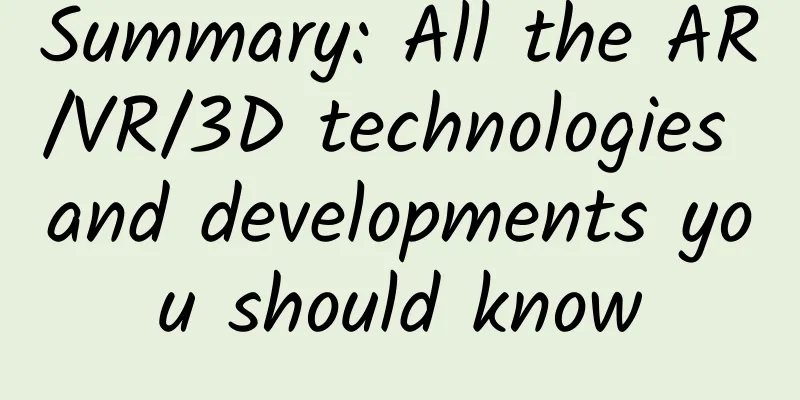How did two tech novices sell their e-commerce startup for millions of dollars?

|
In October 2013, my partner and I were in negotiations to sell Caskers, an e-commerce site we had built to sell spirits online. The negotiations had dragged on for months, and we were just days away from closing. If you’ve been through this before, you know how confused I was. I thought about all the factors that could affect the sale of the company. I fantasized about how I could spend such a large sum of money, while reminding myself not to put the cart before the horse. During the last week before the sale, I had nothing to do but sit and wait. My team (three people in total - my partner, our first employee, and me) would arrive at the office around 9am and finish whatever work was done by noon. Then we would drive to the Hair of the Dog (a sports bar on Manhattan's Lower East Side) and drink until 8pm, when everyone went home happily. The week at the Hair of the Dog was like a dream. I had restrained myself from going to the bar for more than a year and put all my energy into the business, watching it grow and be sold. I learned so much during my time at Caskers, and the most important of these can probably be summarized in the following five lessons. Lesson 1: Save money In recent years, many startups have spent money lavishly, but we started Caskers with a pitiful budget. We thought of a business model that did not require a warehouse for inventory (let alone an office). The main structure of our website uses a set of free e-commerce components on WordPress. We bought a theme for $35 and customized it, and we also hired an Indian engineer to do the technical work we couldn't do. Our biggest expense at the beginning of the business was on the logo, which we chose from three options and spent a total of $800 on it. In summary, we only spent $1,200 on it before our website was officially launched. After the website went live, we were still focusing on how to grow the company as frugally as possible. We used Mailchimp to send and receive emails. When our users reached 50,000, I signed up for FoundersCard (a membership organization that provides services specifically for entrepreneurs and start-ups), which gave us two weeks of free use of Mailchimp and saved another $400. A few months after the site launched, Birchbox For Men agreed to give their users $10 Caskers gift cards when they purchased their products. The gift cards cost us $1,800 in total, but I think it was a great way to increase brand awareness. We made tens of thousands of dollars from this campaign. It took us three months to reach $1 million in annualized revenue. At that point, I sent the company's credit card to the relevant department and asked them to reduce our fees. After that, every time we reached a significant level of revenue, I would ask them to reduce the fees. When we were about to be acquired, we had to pay lower fees than companies with revenues of more than ten times ours. Savings in fees save Caskers thousands of dollars a year. 1-aNTd8so1pVryVOpNgFjKUg.png Saving as much as possible is the most important lesson I learned at Caskers. Because we never spend more than we need, we never worry about running out of cash. In addition, being frugal also exports this company value to our users: every penny we save on expenses will eventually help them buy our products at a lower price. Lesson 2: Leave no stone unturned When Caskers was first launched, we had no budget for marketing and advertising. So, in order to build our brand awareness, we had to make a product that users really liked, so that they would share the product with their friends and even attract editors from news media to write about us. I have done everything I can to stimulate growth and build word of mouth. Here are a few examples: I make customer service a top priority. When a user in New Jersey didn't receive his package during a party he was throwing, I rented a Zipcar and delivered it to his door on Saturday morning. Later, he invited me to see a Broadway show with him. I'm not kidding. Customer service is the absolute most important thing to do at a startup. On my way home, I stopped by the Best Buy in Union Square in New York City and changed the homepage of all the Apple computers there to the Caskers homepage (because Mac users are more willing to spend money than PC users). 1-xb3_YKYN0KtcXY5t-ZQQpw.jpeg I turned our business model upside down so that instead of advertising on Caskers, we let the distilleries market our products. Whenever we launch a new spirit, we reach out to the distilleries and have them promote our new product on social media. I approached several journalists and told them the Caskers story, and we ended up getting coverage from TechCrunch, Bloomberg, UrbanDaddy, and Thrillist without hiring a PR firm. Ultimately, we grew our revenue to millions of dollars — without spending a penny on user acquisition. Lesson 3: Try more We want to grow our user base as quickly as possible and try out our new ideas quickly. If the new idea is feasible, we will spend a lot of time promoting it. If the new idea is not feasible, we will immediately abandon it and come up with a new idea. Here are a few things we tried: A few months after the launch, we launched Caskers for Offices, which allows startups to order custom bottles of spirits to be delivered to their offices. Ordering has become a significant source of revenue for us, and it has also opened up a new market for us - there are always companies that buy wine as gifts for their customers or employees. We launched a search feature that allows users to find and purchase our past spirits, and bourbon is searched for thousands of times a day in our search box. We started hosting some events. Since my partners and I were both lawyers before we started Caskers and were familiar with law firms, many of them came to us to hold private cocktail parties in their offices. This model was not easy to promote, but it was fun and did make some money when we needed it. We launched Caskers Concierge, a program that helps connoisseurs find rare and expensive whiskies. Want to find a 50-year-old Macallan or a 1969 DeMo? Caskers will help you find it. We’ve been doing this privately for a while, but we realized it was best to do it publicly. We once sold a bottle for $30,000. In fact, we sold four bottles of this bottle. 1-hLxnwu9hXDz7-J9IcjnFYQ.jpeg Trying out new ideas to promote our products and sell our precious spirits takes up the majority of my time. Without these experiments, Caskers wouldn’t be a fun place to work. More importantly, without these experiments, Caskers wouldn’t have grown as fast as it has. Lesson 4: Be careful Basically, entrepreneurship is the sum of all the things you have done and have not done. There are many things we have not done, some of which are good and some of which are bad. We never did wine business because we wanted to focus on a field that not many people have entered. (“Wine” has been searched more than 12 times in the past 30 days). We hire slowly and carefully, and as a result, we may miss out on some great candidates. We never took outside money before we sold the company. We had a few meetings with investors initially, but nothing worked out. When RRE wanted to discuss the investment at our office in Caskers, we said we would rather do it at their office since we were still working out of my small apartment. We found an office and had a meeting with a few angel investors. I brought a few bottles of water from home and put them in the conference room so it would look more formal. Although there were not many offers, my partners and I decided not to take any outside capital. At that time, we had revenue and were growing quickly, but we also realized that the company was still young and unstable. We liked to do some things that were ahead of the times, so we didn't want to be inhibited by outside investors who didn't understand these attempts. We didn't take outside capital until we finally found the investment institution that wanted to acquire us. As the founder of a startup, you need to make important decisions related to the survival of the company under great pressure with limited information and resources. It is important to be decisive, but making decisions based on your own thoughts is absolutely not advisable. Lesson 5: Don’t forget your original intention The biggest challenge I faced as a founder was ignoring the pressure other startups put on us. While other startups seemed to grow effortlessly, we went for long periods of time with no revenue or even no employees (just me and my co-founder). Looking back now, these were actually signs of our successful lean operations, but at the time, it looked like we had failed. Every startup is unique, and the best way to build a successful startup is to learn to leverage your strengths and overcome your weaknesses. I knew I couldn't be distracted by the success of other startups, and I had to stay true to my roots in order to create the kind of company I originally wanted to build. The entire process of creating, growing and selling Caskers has been the most amazing experience of my life and I will treasure everything I have learned and experienced along the way, as well as the friendships I have made. |
<<: How should tool apps operate?
>>: Do you want to be on the trending list? Read this before deciding
Recommend
Baidu's Intelligent Driving Business Group changes leadership, Wang Yunpeng takes over to accelerate commercialization
Baidu recently released an internal email announc...
Review of NetEase Cloud’s personality dominant color activity!
I believe that everyone has been flooded with Net...
Breakthrough in customer acquisition for small and medium-sized enterprises: Private domain traffic methodology
Recently, in many offline retail stores and onlin...
How much does it cost to attract investment for the Lijiang women’s clothing mini program?
How much does it cost to attract investment for t...
Why are the water resources in the Taklamakan Desert far superior to those in other deserts in the world?
The world's largest deserts, such as the 7.77...
Chinese Academy of Social Sciences: China's new energy vehicle production and sales could reach tens of millions during the 14th Five-Year Plan period
The China Industry and Enterprise Competitiveness...
Guinness World Records names the most dangerous bird, which can kick through steel plates
This bird can kick through a human's stomach,...
The person who reported the zero-COVID situation in Hubei cried. Zero means we can go home!
The Yingcheng Traditional Chinese Medicine Hospit...
Are there insects hiding in the water plants? They are the "swimming insects" that love to roll up the leaves!
Are there insects hiding in the water plants? The...
Why app design hurts app development
[[142621]] Mobile apps have become so ubiquitous ...
Who makes the water smell bad? Find the culprits of the water odor
Water is the source of life. According to the &qu...
Information flow ads with high click-through rates cannot do without these 3 points!
With limited text and pictures, how to attract us...
I am neither a turtle nor a stinky lady. Cover your eyes and guess who I am?
Flowers smile to birds, frogs sing to willows, wa...
Astronomy's biggest event: Huge gravitational waves! Captured!
Rumors of a major discovery in astrophysics had b...
In the first half of the year, NIO and WM Motor failed to achieve a win, and challenging traditional car companies may become empty talk
According to statistics, there are more than 60 n...









